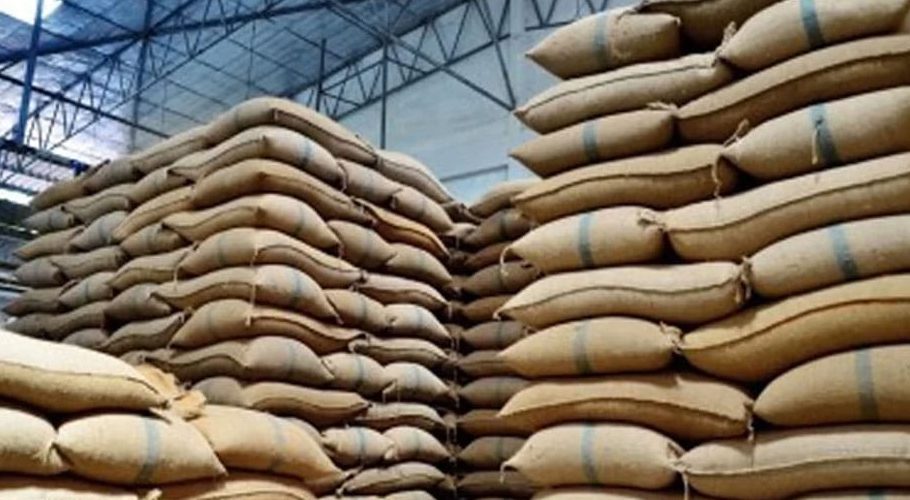Former Prime Minister Imran Khan had an unceremoniously ending as prime minister. To date, no one who has sat on the coveted and cursed seat has completed a full term. Imran’s ouster was unusual as it was the first open mention that there is a well-orchestrated US-backed conspiracy to remove an elected leader from office and bring a regime change.
What is a regime change? It is the forcible replacement of one government with another, which may replace all or part of the state’s leadership system, administration or bureaucracy. This can be achieved by democratic processes, revolutions, coups, or reconstruction of a state after civil war. It can also be imposed by foreign actors through invasions, intervention or coercive diplomacy. Regime change often leads to new institutions, restores old ones, or the promotion of new ideas such as secular democracy.
If there was indeed a regime change in Pakistan, what has actually changed? We are seeing the same state apparatus, judiciary, bureaucracy, and armed forces. The embattled former prime minister then went on to claim there was a sinister plot just to remove him individually, and bring the country back when the opposition was in power. Hence, there was no regime change but just a change in government by any means necessary.
The opposition waved a sigh of relief when the military spokesperson stated there was no mention of a foreign conspiracy, but acknowledged foreign intervention in internal politics. This has raised a crucial question on the difference between conspiracy and intervention. It is a known fact that foreign-imposed regime change is used by states as a foreign tool and superpowers have frequently intervened in states.
The United States has interfered directly and overtly in the replacement of several foreign governments. Many of the documents proving US intervention have now been declassified and are examined in Western universities, unveiling the extent of US interference. During the Cold War, the US frequently intervened and brought regime change. These were mostly against Communist governments. For them, Communism was like a disease that needs to be contained and the Domino Effect theory with the United States being the last to fall.
There is an exhaustive of countries in which the US has intervened to bring regime change. Since 1945, the United States has attempted to overthrow over 50 foreign governments.
In the aftermath of World War II, the US struggled with the Soviet Union for global influence, leadership and national security. The Eisenhower administration felt threatened by the propping of USSR-backed regimes and expanded its operations to bring them down. These foreign policy tactics are now used to sustain the military-industrial complex.
One of the most significant examples of regime change is the CIA-backed 1953 Iran coup which brought down the Mossadegh government after he nationalized oil. He was replaced by the Shah of Iran who ruled under US-influence until the 1979 Islamic Revolution. Another case is 1961 Bay of Pigs Invasion in Cuba which brought the world on the brink of a nuclear holocaust after the US received reports of Soviet bases there. In 1973, the US dismissed the government of Salvadore Allende, the first democratically elected Communist president, in Chile and replaced him with military dictator Augusto Pinochet.
Subsequently, the US supported the fall of and installed governments in the Caribbean and Central America ranging from Panama, Honduras, Nicaragua, Mexico, and Haiti. It directly intervened in the 1950 Korea war, 1953 Philippines elections, and helped military dictator General Suharto in Indonesia. After the Fall of Soviet Union, it aimed to influence countries and intervened in Libya, Iraq, and most recently Afghanistan.
For this reason, William Blum has labelled democracy as America’s deadliest export. Whether there was a conspiracy to oust Imran Khan through a regime change will be known in years to come, the history of the United States is replete with countless examples of how it has brought down nations for dominance and foreign policy influence.




























